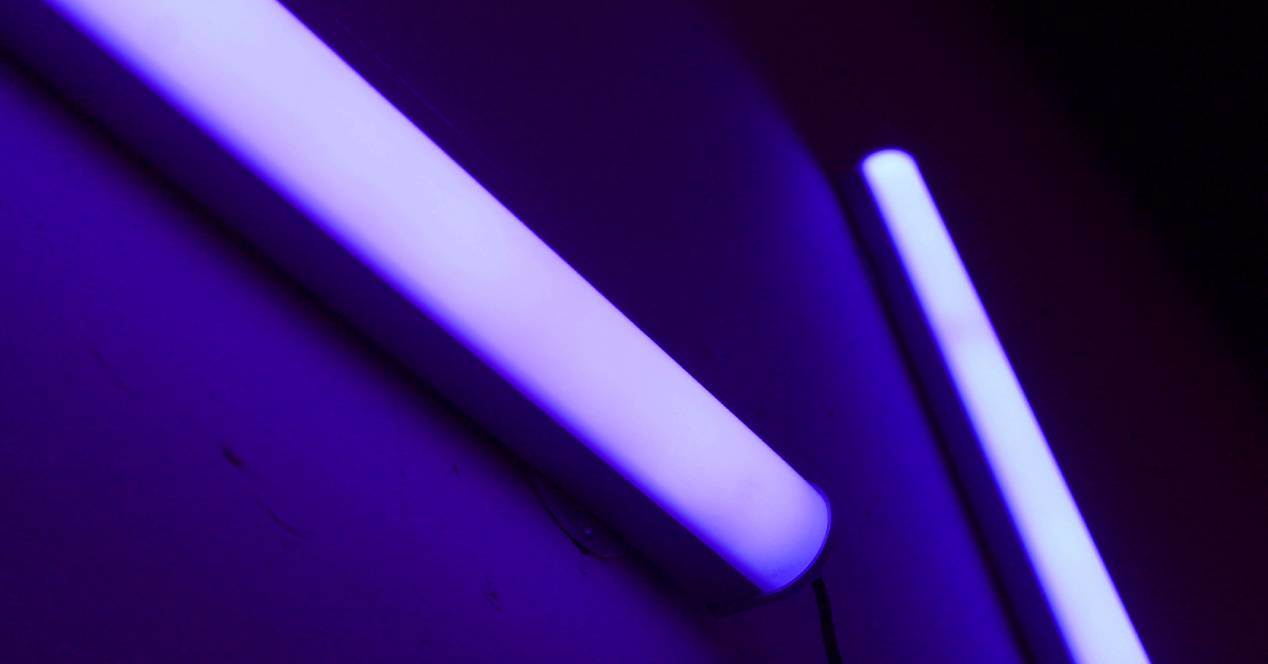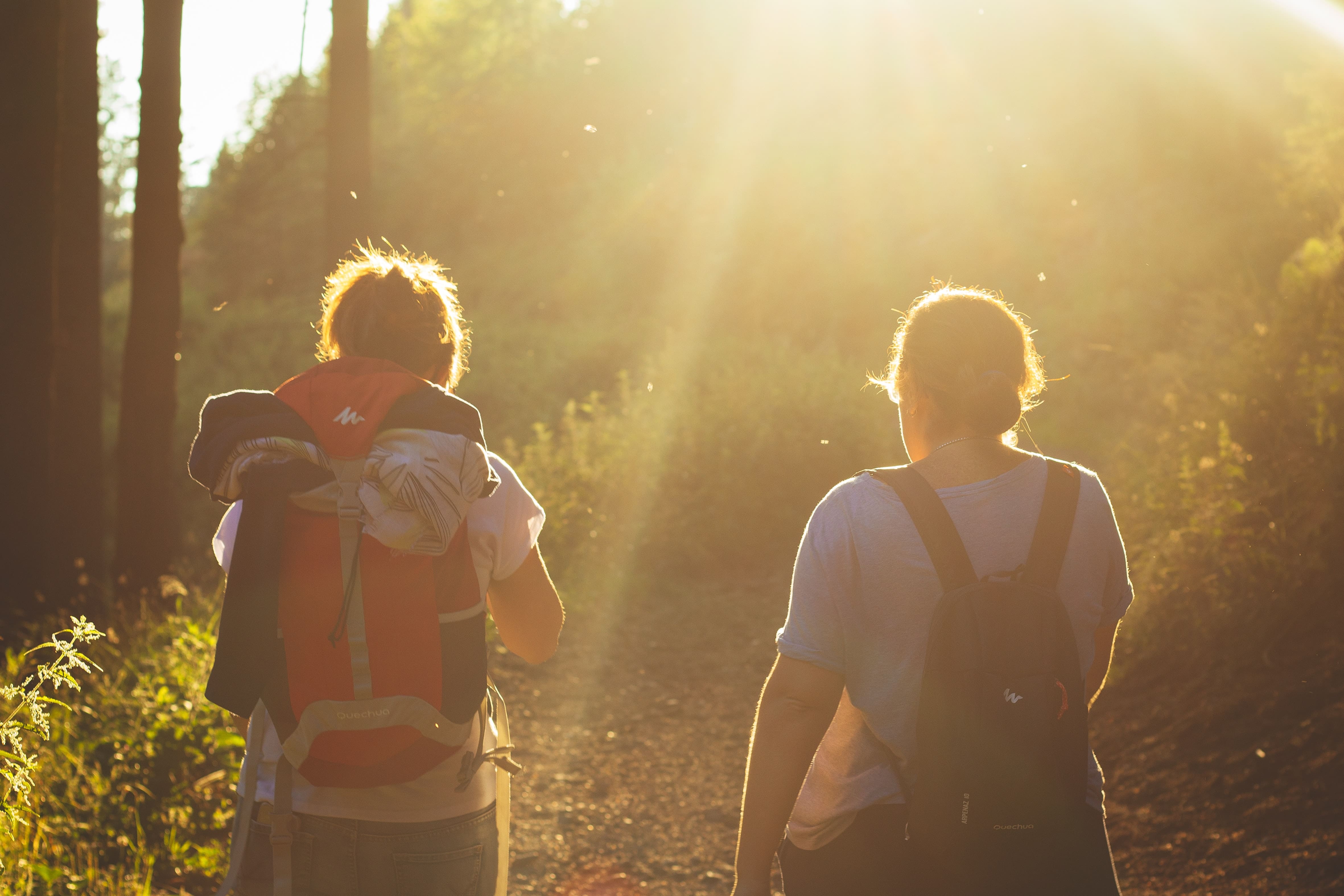
You've probably heard a lot of noise recently about UV light, including sunlight, and whether or not it can destroy viruses like the novel coronavirus, which causes COVID-19.
It's not all hype. In fact, there is good evidence that UV light in the "C" range, also known as UVC, can kill this particular virus. But that doesn't mean you should run out and buy one of the UV boxes or wands that seem to be popping up everywhere. This is what you need to know.
How does UV light work?
For years, hospitals and laboratories have used ultraviolet (UV) light to disinfect equipment and surfaces. It works by altering the genetic material of germs (known as their DNA and RNA). But over the years, research has revealed that of the three main types of UV light, UVA, UVB, and UVC, UVC seems to be the most effective.
More recently, research from Columbia University found that UVC light holds promise in stopping the spread of the coronavirus. The study, published in April 2020 as a preprint in Virology, found that UVC light can help eliminate two types of seasonal airborne coronaviruses which are often behind the common cold. The researchers are now testing it specifically against the one that causes COVID-19.
Although the research is still preliminary, previous findings indicate that UVC light can inactivate airborne H1N1 flu virus, and some drug-resistant bacteria. This means that you may have the potential to prevent the spread of COVID-19.
Another preliminary laboratory study, published in April 2020 on medRxiv, found that when N95 mask fabric pieces and stainless steel were contaminated with the novel coronavirus and then exposed to a hospital UVC lamp, the virus was killed on both surfaces. In an hour. However, the study is still being reviewed, so it shouldn't be taken at face value just yet.
The problem with UVC consumer products
Given this research, you may be seriously thinking about buying one of the UVC light products you can find online as a way to sanitize everything from your smartphone to your kitchen counters.
But the FDA issued a notice against them in February 2020, reminding people that these devices are not yet FDA-approved, and it's unclear how safe and effective they actually are.
The big challenge for most of them is that there's no way to know for sure if they're delivering a large enough dose of UVC light to the surface you want to disinfect, whether it's a mask, phone, or countertop.
Although most products provide a wavelength, which should ideally be around 260 nanometers (nm), most do not provide their irradiance, which tells you how long it will take to kill a coronavirus. There's no point in buying a UV wand if it means you'll have to slowly move it across your phone for an hour. And if the irradiance is high, it can damage the skin and eyes.
If you want to give it a try, I recommend investing in a UVC box, where you place your phone or other items, like credit cards, keys, or watch, and leave them there for about 10 minutes. Do not use on fabrics or porous materials such as paper or cardboard, as UV light can cause shadows on non-solid objects.
One possibility is UV sanitizer for smartphones PhoneSoap 3 (€96), which claims to have a UVC wavelength of 254 nm, which is in the correct range to kill coronaviruses. A January 2018 study, published in the Journal of the American Association for Laboratory Animal Science, found that a PhoneSoap device was more effective than a disinfectant wipe or spray containing 70 percent alcohol.
Although UVCs work faster and more reliably on non-porous surfaces like glass, plastic, metal, and varnished wood, it's likely easier, faster, and safer to clean them with a household disinfectant, rather than relying on a UV wand.

Does sunlight work to disinfect?
If UVC products are potentially a waste of time and money, you may be wondering if it's better to hide and sunbathe, since sunlight contains UV rays.
But UVC light from the sun is blocked by Earth's atmosphere. When you go outside on a sunny day, the UV light that hits you is UVA and some UVB, and these guys don't destroy coronaviruses very quickly.
That said, there is some nascent evidence that sunlight is effective against the novel coronavirus. The preliminary investigation, conducted by the US Department of Homeland Security, found that simulated sunlight (equivalent to the midday sun on a sunny day) evaporated the COVID-19 droplets after three minutes both on non-porous surfaces and in the air.
But that doesn't mean you should throw social distancing to the wind this summer. If you are outside and inhale droplets from an infected person near you, you could still get sick.
That is one reason why it is believed that high temperatures and UV radiation do not reduce the spread of COVID-19, according to an April 2020 study published in the European Respiratory Journal. So if you want to protect yourself from the rays, do it, but put on sunscreen, wear a mask and stay at least two meters away from everyone around you.